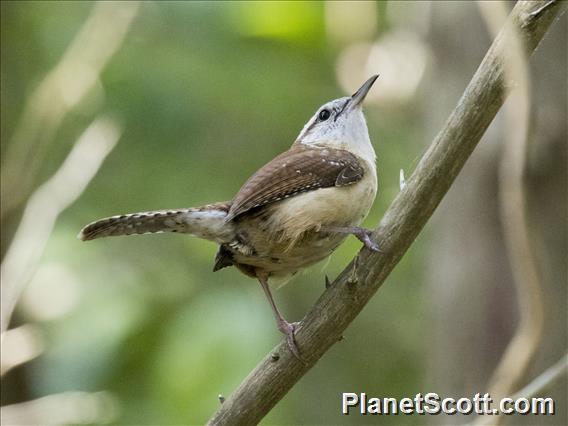Carolina Wren (Thryothorus ludovicianus)

Carolina Wren (Thryothorus ludovicianus)
×


Carolina Wren (Thryothorus ludovicianus)
About Carolina Wren (Thryothorus ludovicianus)
- Kingdom: Animals
- Phylum: Chordates
- Class: Birds
- Order: Perching Birds
- Family: Wrens
The Carolina wren is a species of wren that is common in the Eastern United States, the extreme south of Ontario, Canada, and the extreme northeast of Mexico. Severe winters restrict the northern limits of their range, while favorable weather conditions lead to a northward extension of their breeding range. Their preferred habitat is in dense cover in forest, farm edges, and suburban areas. This wren is the state bird of South Carolina.
Source: Wikipedia
Visits
-
2007-06-14
Cape May Point State Park, United States of America -
2011-07-10
Santa Fe River, United States of America -
2013-04-17
Matagorda County Birding Nature Center, United States of America -
2013-04-17
Brazoria, United States of America -
-
-
-
-
-
-




